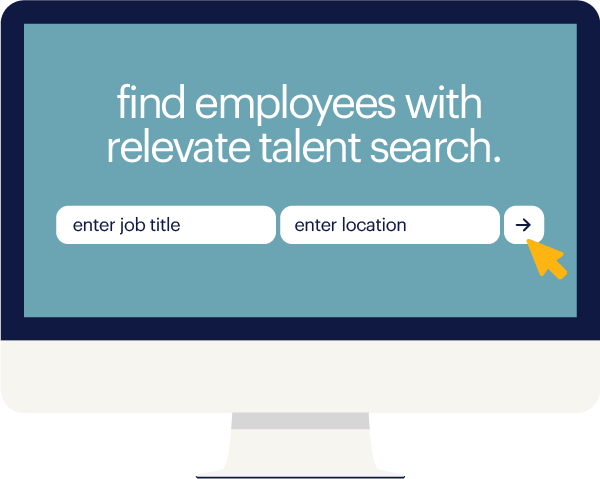Temporary workers are a vital part of many businesses, so much so, in fact, that some estimates are anticipating work done by temps to increase 179 percent over the next 10 years. While their time onsite may be temporary, ensuring their safety isn't — it's a full-time job.
And yet many still remain unclear as to who bears the brunt of the responsibility for protecting them. Is it staffing agencies or their clients?
|
Staffing agencies may be inclined to think that training should be the clients’ responsibility. After all, temp workers work onsite at clients' facilities. At the same time, clients could adopt a similar train of thought: A temp worker came to them through a staffing agency, and they're not on the client’s payroll. The responsibility, then, must lie with the staffing agency.
Safety is at great risk when this happens since each party assumes the other is enforcing safety precautions. If both clients and staffing agencies look the other way, blind spots can arise — and that's where accidents could happen.
it takes two
Another possible scenario finds clients sometimes eager to push safety responsibilities to staffing agencies in an effort to reduce their own liability. And the staffing agencies, in turn, are sometimes happy to take them on — even if it means getting in a little over their heads — to appease a new client. While it may be good customer service, it’s bad for temp safety. That’s why OSHA makes it clear that staffing agencies and clients share responsibility for ensuring worker safety and health.
That means that staffing agencies, for example, should handle common-sense health and safety training — the kind of instruction that would be applicable to any work environment — while clients should cover more site-specific training (such as how to use a particular piece of equipment).
Additional duties break down as follows:
-
Staffing agencies are responsible for vetting the safety conditions of client workplaces before sending candidates.
-
Clients must provide temp workers with the same training and safety and health protections as their own workers.
-
Staffing agencies must verify that clients are following proper guidelines for a safe workplace.
individual areas of responsibility
In addition to general guidelines, OSHA also provides a more in-depth look at who is responsible for temp training and safety in a few key areas:
injury and illness recordkeeping
Responsibility for recording injuries and illnesses of temp workers is determined by who supervises them the most on a day-to-day basis. Staffing agencies may have representatives onsite, but as long as they're not responsible for the direct oversight of temp workers, the responsibility lies with clients and should be recorded only in their injury and illness logs.
personal protective equipment (PPE)
Clients are directly responsible for providing and ensuring the safe use of personal protective equipment for the temp workers onsite with them. Staffing agencies do share some of the responsibility, however, as they must vet client practices beforehand to ensure clients are following proper PPE safety and usage guidelines.
powered industrial truck (PIT) training
Similar to other safety protocols, responsibility is shared between clients and staffing agencies for PIT training. Clients should provide a more detailed training program to temp workers tailored to their specific worksite, while staffing agencies should provide temp workers with general PIT training in advance. Further, clients must offer the same PIT training programs to temp workers that they provide to their full-time staff.
visit OSHA.gov for more
Parsing through the grey areas of temp worker training and safety to determine your role can be challenging, and more than just a brief overview will likely be required to understand it all. Visit OSHA.gov. for a closer look at how all the responsibilities break down between host employers and the staffing agencies they work with.









